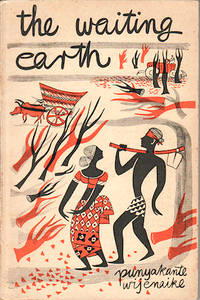
Punyakante Wijenaike's The Waiting Earth (1966) depicts the Sri Lankan state's focus on development and the social upheaval caused by resettlement in the 1960s. This essay examines melodrama and other literary strategies including free indirect discourse to demonstrate Wijenaike's uncertainty about the extent of the agricultural development and poverty alleviation that can be achieved. This essay argues that in The Waiting Earth and the short story sequel “Living on the Edge,” Wijenaike protests against the shortcomings of development discourse and practice, such that the texts can be regarded as literary and political interventions against government-enforced resettlement.
Summary

THE WAITING EARTH is extremely a long novel. It belongs to Sri Lanka. It was written by Punyakante Wijenaike.
It is consisting twenty one chapters. This is the story of a man and his wife and their three children. There are two sons and a daughter.
Podi Singho is the main male character. He is the protagonist. His only hope and desire to own a piece of land in the name of his own, Owning land, was major inheritance.
He worries about his childhood days because he is an illiterate and poor without even a bit of land passing from his father to be owned by him. He believes his friend immensely, thereby he is cheated by him very easily.
Sellohamy is the shining female character playing a very crucial role in the story, symbolizing THE WAITING EARTH devoted, patient, bearing a strong willpower to bear the burden throughout her life.
She is expecting her husband to understand and realize the value of her existence as his wife; obedient, patient, courageous, tolerant and loyal to her husband though he lives in a suspicious manner always entertaining a fear of jealousy.
At last they becomes very good and understandable husband and wife than earlier.




0 Comments